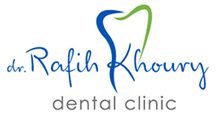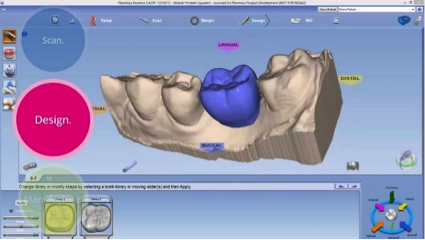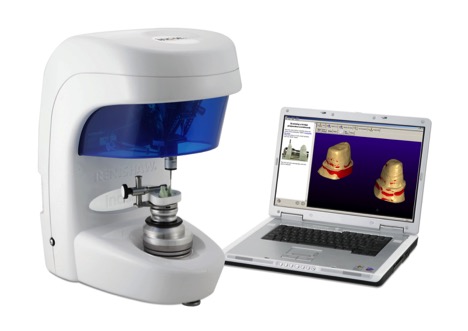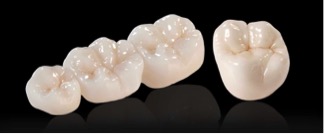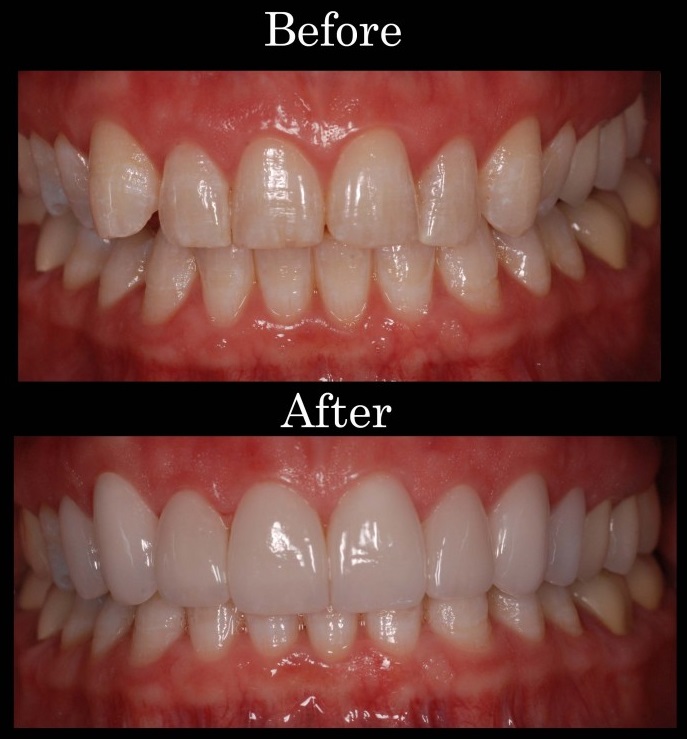CADCAM dental Technology

CADCAM dental Technology
- CAD/CAM is an acronym for computer-aided design/computer-aided manufacturing.
- CAD/CAM technology has been increasingly incorporated into dentistry over the past 20 years.
- CAD/CAM technology and metal-free materials are used by dentists and dental laboratories to provide patients with milled ceramic crowns, veneers, onlays, inlays and bridges. Dental CAD/CAM also is used to fabricate abutments for dental implants, used to replace missing teeth.
- CAD/CAM restorations are better-fitting, more durable and more natural looking (multi-colored and translucent, similar to natural teeth) than previously machined restorations.
- The CAD/CAM computer displays a 3-D custom image of your prepared tooth or teeth obtained by digitally capturing the preparations with an optical scanner
- Alternatively, the 3-D images can be obtained by scanning a traditional model obtained from conventional impressions of the preparations.
- The dentist or laboratory technician then uses those 3-D images and CAD software to draw and design the final restoration.
- Once the final restoration is designed, the crown, inlay, onlay, veneer or bridge is milled from a single block of ceramic material in a milling chamber.
Benefits of CAD/CAM Dentistry
Research suggests that today’s milled CAD/CAM restorations are stronger than those milled from earlier materials. They also are less likely to fracture.
An exception to this process is the all-ceramic bridge, since it is created in a laboratory using the CAD/CAM technology. All-ceramic bridge restorations require a second office visit to insert the bridge. In such cases, a temporary restoration would be necessary.
Some dentist prefers to fabricate the CAD/CAM restoration while you are not in the office, making it a two-appointment process. Some dentists prefer this approach in order to dedicate more time to the design and characterization processes involved with creating a CAD/CAM restoration. A temporary also would be required in this instance.
When to Choose CAD/CAM Dentistry
- It is important to note that not every tooth can be treated with a CAD/CAM restoration. Your dentist will determine if a CAD/CAM restoration is among the appropriate treatment options for your condition. Additionally, despite improvements in the esthetics of CAD/CAM materials, patients may find that some CAD/CAM restorations look too opaque and lack natural characterizations.
- Depending on the type of restoration that’s needed (such as inlays/onlays), your dentist may prefer conventional laboratory fabrication techniques that have a longer and more proven track record for accuracy of fit. Therefore, patients must discuss their particular situation and desires with their dentist, who will make the final treatment decision based on a thorough examination.
- CAD/CAM technology is not a replacement for the accuracy and talent provided by a dentist or dental laboratory technician. Dentists must be precise in creating the initial tooth preparation
Note: All-ceramic restorations, including those fabricated at a dental laboratory using CAD/CAM technology, tend to be a more expensive restorative solution. However, even though the materials for CAD/CAM restorations might cost more
